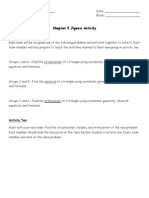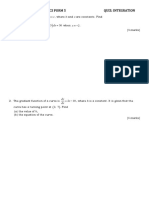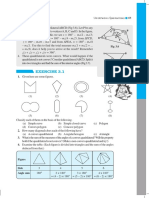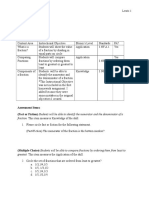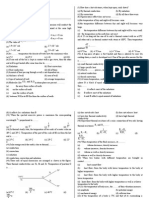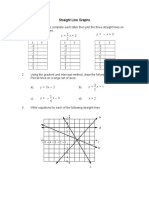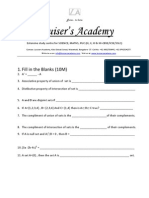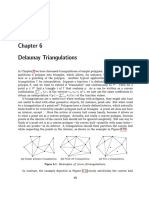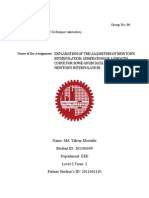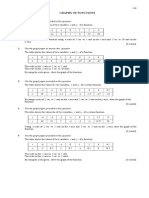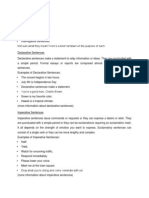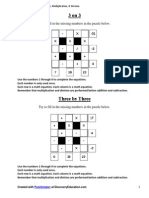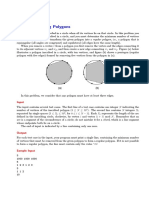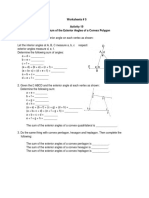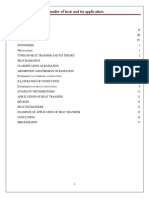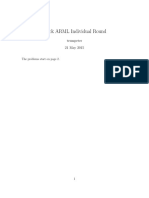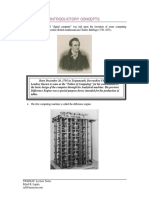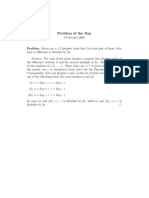0% found this document useful (0 votes)
169 views1 pageSolutionproblemoftheday 15oct2008
A hexagon is inscribed in a circle with three consecutive sides of length a and three consecutive sides of length b. By applying the Law of Cosines to two triangles formed by the sides, the radius R of the circle can be determined to be the square root of (a^2 + ab + b^2) divided by 3.
Uploaded by
zebra_finchCopyright
© © All Rights Reserved
We take content rights seriously. If you suspect this is your content, claim it here.
Available Formats
Download as PDF, TXT or read online on Scribd
0% found this document useful (0 votes)
169 views1 pageSolutionproblemoftheday 15oct2008
A hexagon is inscribed in a circle with three consecutive sides of length a and three consecutive sides of length b. By applying the Law of Cosines to two triangles formed by the sides, the radius R of the circle can be determined to be the square root of (a^2 + ab + b^2) divided by 3.
Uploaded by
zebra_finchCopyright
© © All Rights Reserved
We take content rights seriously. If you suspect this is your content, claim it here.
Available Formats
Download as PDF, TXT or read online on Scribd
/ 1
